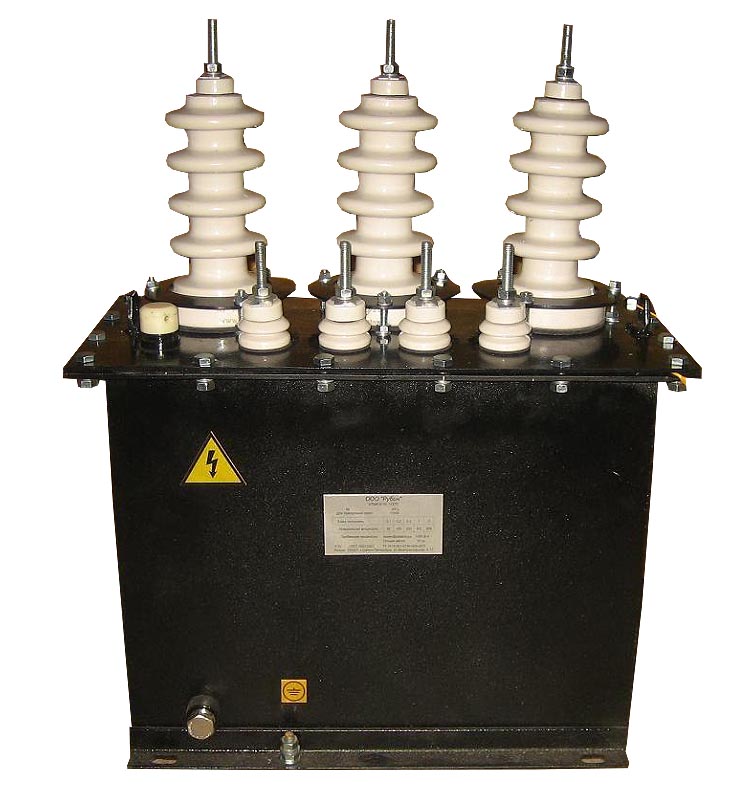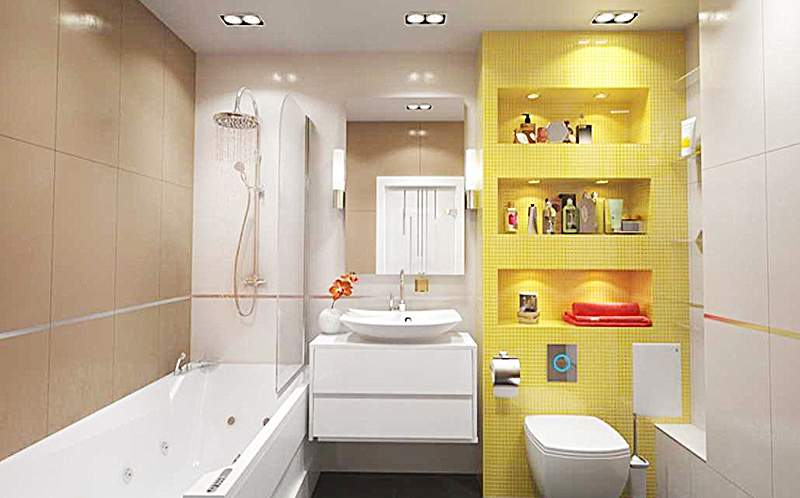Devices designed to turn on and off the light at a predetermined time are called time relays or a timer on and off electrical appliances. They are easy to install, easy to use, and offer measurable savings in your energy bill. You can purchase an electric or electromechanical timer to turn off electrical appliances at hardware stores and home appliances departments.
What is a light off timer and where is it used
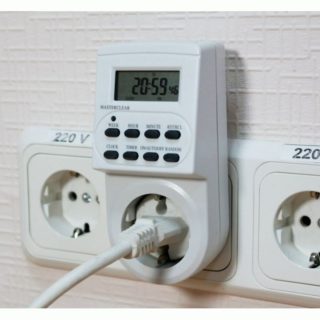
The timer for light and electrical appliances is a small-sized monoblock, which, as a rule, is mounted in extension cords or portable sockets, less often in an adapter. A relay connected by input and output contacts is responsible for the operation of the device. It closes and opens them, respectively, interrupting and resuming the supply of electricity.
You can control the operation of the timer on and off the light using the control panel installed on the front of the device.
There are several types of automatic timers, and each of them has distinctive features, despite the fact that the principle of operation is the same for all. They differ in the following characteristics:
- The duration of the time intervals and the maximum period that can be set in the power-on time sensor.
- Highest triggering error, accuracy.
- The presence of additional functionality, for example, protection against the effects of humid air currents and drops.
- The number of possible switchings per day.
- Characteristic features of discreteness, according to which the timer switching time is set.
The light off timer is often additionally equipped with a built-in rechargeable battery, which is charged from the mains. If there is no power, the device can run for 100 hours.
Main functions, advantages and disadvantages of devices
Electrical, electromechanical and mechanical automatic relays are used to control indoor lighting as well as electrical appliances. Compared to a standard manual instrument switch, installing a circuit breaker has the following advantages:
- Significant energy savings. Maintaining an optimal temperature and lighting level in the room, for example, shortly before household members return home, a heater or air conditioner may turn on to create a comfortable environment.
- The built-in program allows you to monitor the lighting in the garden and yard without leaving your home. Lights and electrical appliances will turn on and off at a strictly set time, even if there are no people nearby.
- Automatic shutdown of household appliances shortly after the person has left home. The device is often installed in washing machines and electric cookers, since even the simplest mechanical timers are suitable for them.
Another advantage of the devices is their low cost. High-quality timers save household time and make their stay at home even more comfortable.
Varieties of timers
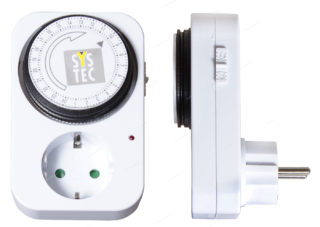
There are several types of timers, which differ in the way of installation and the conditions required for the correct operation of the device, the switching period and the features of operation. Each of them has its own advantages and disadvantages.
Mechanical and electronic
The mechanical timer is controlled by a wheel divided into sections, it displays the time intervals and is located on the front side of the monoblock, additionally equipped with a lever and a button. The shortest switching interval is a quarter of an hour. Establish this variety, as a rule, when the per-second accuracy does not matter. This model is perfect for simple tasks.
The electronic timer is controlled automatically by a built-in microprocessor. When first turned on, the device is configured manually. The set parameters are displayed on a small display and are stored in memory when switched off. The timer works from the mains, batteries or built-in accumulator.
On and off intervals
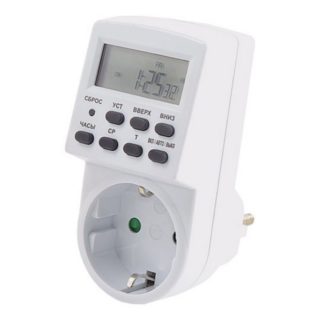
On the basis of the periods of operation and the range of operation, the devices are classified as follows:
- The daily switch automatically switches the relay at the same set time every day. They are used, as a rule, to illuminate homestead and summer cottages, parks and squares. Due to the change in the length of daylight hours throughout the year, this type of device requires regular readjustment.
- Weekly are designed to switch relays on certain days of the week. They are used, for example, if it is necessary to turn off all the electrics in the office before the weekend or to turn on the alarm at a set time.
- Astronomical in principle of action is similar to diurnal. They are more convenient, since there is no need for a person to manually regularly change the settings, the device makes calculations automatically. However, there is a significant drawback: high cost in comparison with analogues.
Home appliance stores have a wide range of multifunction timers that allow you to combine each of these modes and use them separately. It is not recommended to purchase them without special need, since they cause difficulties in installation, adjustment and subsequent use.
Choosing a good automatic timer is easy. First of all, it is necessary to decide for what purpose it is needed, in what conditions it will have to work. Next, you need to pay attention to the following selection criteria:
- Affordable cost.
- The ability to connect the timer to several plugs at the same time.
- Accuracy of settings, clarity and convenience, ease of use.
- The degree of protection against aggressive environmental factors.
- The number of programs to be set.
After analyzing the functionality of the relay and the purpose of the acquisition, it will not be difficult to give preference to this or that model.


